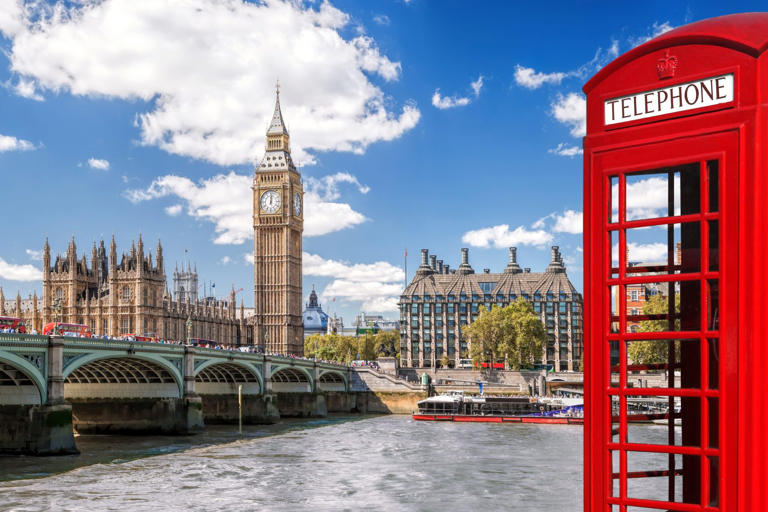The new Labour government in the UK has entered office with a resounding electoral victory, setting ambitious goals to reinvigorate the country’s economic landscape. A pivotal element bolstering their platform is the recent revelation of robust wage growth across the UK. According to data from the Indeed Hiring Lab, wages surged by 7% in the year leading up to June, significantly outpacing the wage growth seen in both the Eurozone, where wages increased by 3.7%, and the United States, which saw a 3.1% rise over the same period.
This surge in wage growth is particularly noteworthy against the backdrop of broader economic forecasts that predict the UK will experience slower growth compared to both the Eurozone and the US, as projected by the International Monetary Fund (IMF). The standout driver behind the UK’s wage growth spurt is attributed to a substantial increase in the National Living Wage, a statutory minimum that employers must pay workers aged 21 and over. Set at two-thirds of the UK median wage by the Low Pay Commission, this wage floor aims to safeguard workers from falling into relative poverty.
In April, the National Living Wage saw its third-largest increase since its inception in 2016, rising by 9.8%. This hike, alongside adjustments in the national minimum wage that saw even larger increases for younger workers aged 16 to 20, reflects ongoing efforts to address wage disparities and improve living standards across different age groups. The introduction of the national minimum wage by Tony Blair’s Labour government in 1999 has played a crucial role in narrowing wage inequality in the UK, with the minimum wage rising by 70% since its inception, far outstripping the 20% growth seen in the median wage during the same period.
Moreover, the impact of these wage increases extends beyond basic economic metrics, influencing consumer spending power, social mobility, and overall economic resilience. Pawel Adrjan, head of EMEA research at the Indeed Hiring Lab, highlights that while the National Living Wage has significantly boosted lower-paid salaries, broader sector-specific labor demands have also contributed to the robust wage growth seen across various industries.
Looking ahead, Labour’s policy agenda includes plans to streamline the national minimum wage structure by eliminating age-specific wage bands. This move is expected to further enhance wage growth prospects for lower-paid occupations, potentially lifting more workers out of low-wage brackets and contributing to sustainable economic growth.
However, amid the positive economic indicators, policymakers face nuanced challenges. The Bank of England, in its efforts to control inflation, has maintained a base rate of 5.25% for nearly a year. Despite achieving its 2% inflation target in May, the Bank anticipates inflationary pressures to resurge in the third quarter, prompting caution in adjusting interest rates.
The contrasting monetary policy approaches between the UK, where rates remain stable, and the Eurozone, where the European Central Bank (ECB) has already initiated rate cuts, underscores the divergence in economic strategies amid varying economic conditions.
In conclusion, while the UK’s strong wage growth provides an auspicious start for Labour’s governance, navigating the complexities of inflation, interest rates, and economic stability will require astute policymaking and proactive economic management. Balancing the imperative of sustaining wage growth with managing inflationary pressures will be crucial in shaping the economic trajectory under the new government, ensuring that economic gains translate into lasting prosperity for all sectors of society.
